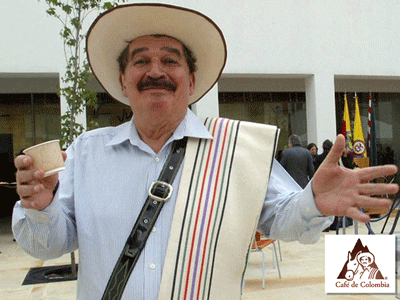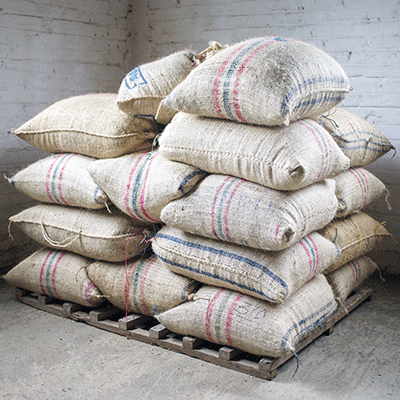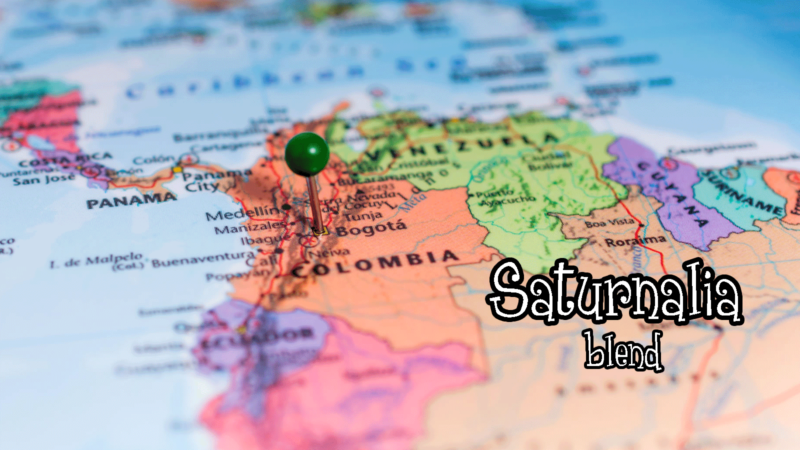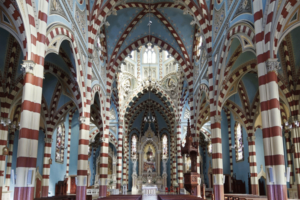Combine –> Change –> Conquer
In 1969 there was a new baby in the house, but not much sleep. That’s when I met Juan Valdez and his wonderful coffee. Actor Carlos Sánchez Jaramillo played the role from 1969 to 2006, having taken over from Cuban actor José F. Duval, who established the role in 1958. Jaramillo was succeeded in 2006 by Carlos Castañeda, a coffee grower from the town of Andes, Antioquia, Colombia. And all three actors were accompanied by the lovable, loaded mule Conchita (“little shell”), sometimes called Lana.
100% Colombian
This was before most of us met Starbucks (established 1971) or Peets (1966), even in the Pacific Northwest. Juan was lovable. Better yet, he awakened a yen to drink rich-tasting coffee in our own homes. He made “100% Colombian” desirable in a phenomenally successful marketing campaign from the Doyle Dane Bernbach agency for the National Federation of Coffee Growers of Colombia. I was a willing victim, fully persuaded that 100% Colombian coffee was the best in the world (except for restaurant coffee drunk in Germany.)
Coffee from Colombia, however, wasn’t a new product. It was first planted in the eastern part of the country. In 1808, one hundred 60-kg bags of green beans were exported from Cucuta. Padre Francisco Romero apparently liked the beverage. Hearing confessions in Salazar de la Palmas, he prescribed coffee cultivation as penance. He has my gratitude.
The National Federation of Coffee Growers of Colombia, founded in 1927, “works for the well-being of Colombian coffee growers.” The Federation supports and consolidates marketing so that local smallholders consistently sell their crops at a good price and receive cash payment. They also offer ongoing research, processing, transportation, and education, and set standards for all phases of coffee production. In 2007, the FNC secured the Protection of Designated Origin status by the European Union.
Statistics
Colombia occupies 1% of the world’s land space and supplies 15% of its coffee.
It’s the third-largest coffee grower, employing 500,000 families.
30% of growers are women (2016).
25% of the rural population owes at least part of its income to the coffee industry.
16% of agricultural production income comes from coffee.
Most coffee is grown on fincas of fewer than 12 acres, and often smaller than 5 acres.
Colombia loves coffee so much that they operate a coffee theme park, Parque del Café.
But What About the Coffee?
 Columbia coffee is consistently rich at any level of roasting you prefer. Properly roasted and brewed, it delights with a sweet milk chocolate flavor and mild blueberry aroma. Treat it coffee from Colombia respectfully, and you’ll not be disappointed.
Columbia coffee is consistently rich at any level of roasting you prefer. Properly roasted and brewed, it delights with a sweet milk chocolate flavor and mild blueberry aroma. Treat it coffee from Colombia respectfully, and you’ll not be disappointed.
The December Coffee of the Month is more than its beans. Saturnalia Blend is vanilla-cooled right after roasting to the 9-year-old Holler-made vanilla essence soaks in and dries. Look also for a spicy suggestion, packed in each Coffee of the Month order.







